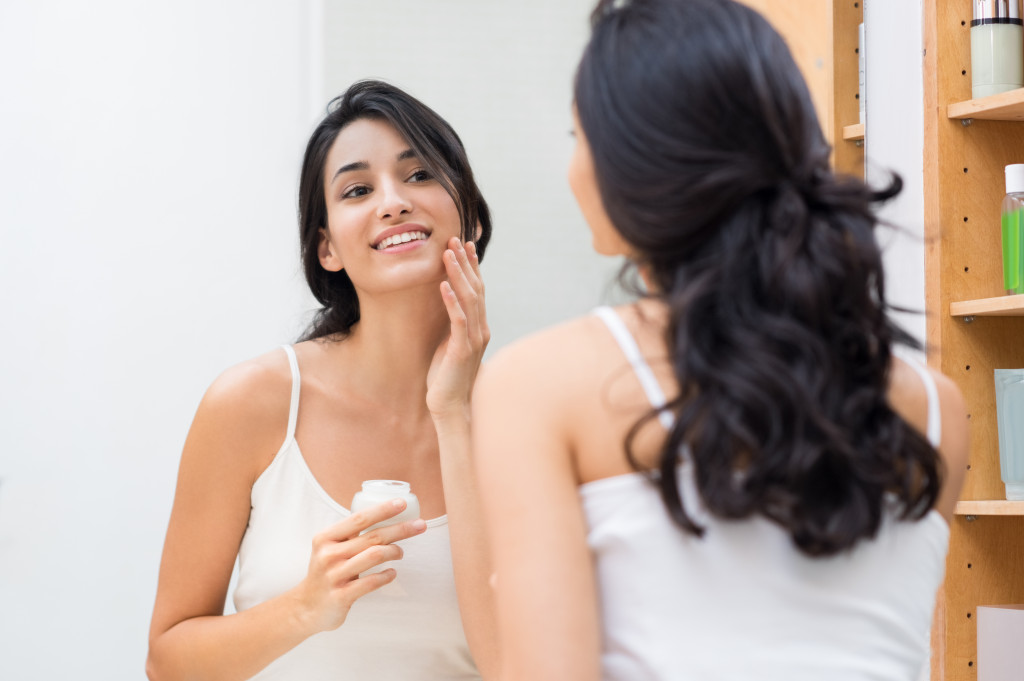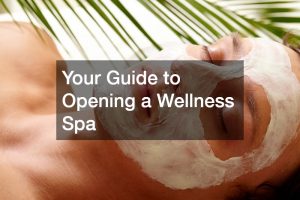Buying a shiny, new skincare product is always an exciting moment, especially for ladies. Nothing feels better knowing you have the right products to tackle your skin woes and get that beautiful complexion you always wanted. Some even invest in effective anti-aging solutions that contain high-grade ingredients without toxic substances.
The thing about having tons of skincare products is not knowing how to include them in your skincare routine. After all, getting the right order of your skincare rotation is massively confusing combined with the intricacies of skincare itself. A lot of information is popping on the Internet about how to apply skincare products, but not everyone tackles the roles of ingredients and formulas in a skincare routine.
Layering products randomly can render them ineffective or can even damage your skin. What we apply to our skin genuinely matters, and applying the wrong formula for your skin type is an absolute waste of time and money. Read below to learn more about the right order of a daytime skincare routine and the reasons why they matter.
Step 1: Cleanser
The first step to any skincare routine is always cleansing. Cleaners come in two types: oil-based and water-based. Oil-based cleaners work best on dry skin, while water-based ones are for oily skin. The point of applying cleaners is to remove leftover makeup and dirt, so don’t forget this step. To ensure your skin absorbs all the ingredients, it needs to be completely free of dirt, oil, and grime.
When removing makeup, skip the wipes and opt for a cleansing oil to dissolve all makeup and avoid stripping the skin. For those with acne-prone skin, follow up with a creamy cleanser. Skip oil-based cleaners if you have oily or combination skin to avoid oiliness. Meanwhile, a water-based cleanser works by rinsing away sweat, dirt, and leftover oils of the oil-based cleanser.
Step 2: Toner
The next step is to apply astringent or toner. This aims to rebalance skin ph, refine skin, restore hydration, and provide gentle exfoliation. Toners play a role in reducing pores and balancing your skin complexion. Be sure to do this step after applying moisturizer and serum to allow your skin to absorb the moisture the two provide.
For those with acne-prone skin, use a toner specifically for acne with ingredients such as salicylic acid to reduce breakouts. Otherwise, people with sensitive or dry skin should go for hydrating toners for a soothing feeling.
Step 3: Exfoliant

Exfoliating two or three times a week helps reduce dead skin cells. Failure to remove them will make your skin looking dull and contribute to skin aging, problem skin, dry skin, or oiliness. Although exfoliation is a natural-occurring process, our skin also needs some extra help.
Choose from beta-hydroxy acids (BHAs) such as betaine salicylate, salicylic acid, or alpha-hydroxy acids (AHAs), such as lactic or glycolic acid. Remember that BHAs are great for mornings, while AHAs can turn the skin sun-sensitive.
Step 4: Serum
Serums are the powerhouse of skincare. It aims to improve a range of skin issues through its active ingredients and highly-concentrated formulations. Skin experts highly recommend vitamin C serum to reverse the damages from the pollution and sun. It also serves as antioxidant protection that fades and brightens dark spots and helps in building collagen.
Step 5: Eye cream
The skin around the eyes tends to be sensitive and thinner. They easily reveal signs of darkness, puffiness, fine lines, and aging. Effective eye cream should smoothen and brighten the under-eye area but don’t expect it to eliminate all issues. Eye creams are thinner and lighter than moisturizers, so be sure to use them before slathering any oils and creams.
Step 6: Moisturizer
Moisturizing regularly is one of the most important steps in any skincare routine. But the moisturizer you choose may heavily depend on your skin type.
The good news is not everyone needs a moisturizer, especially those with oily skin. You can get away with oil or even just sunscreen. Otherwise, look for moisturizers with a mixture of emollients and humectants with low fragrance and silicone.
Step 7: Sunscreen
Every daytime skincare routine should finish off with good sunscreen. No matter the weather, always include sunscreen in your routine to protect your skin from the harmful UV rays, even if you’re just staying indoors. Most dermatologists suggest sunscreens with SPF 30 or higher.
There’s no one-size-fits-all rule when it comes to skincare regimens, but not knowing the right order to apply them will help you maximize the benefits of their ingredients. Knowing the correct layering will not only help you prevent potential skin issues, but you will also achieve your skincare goals in no time.







